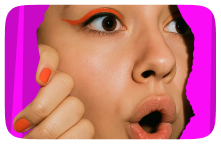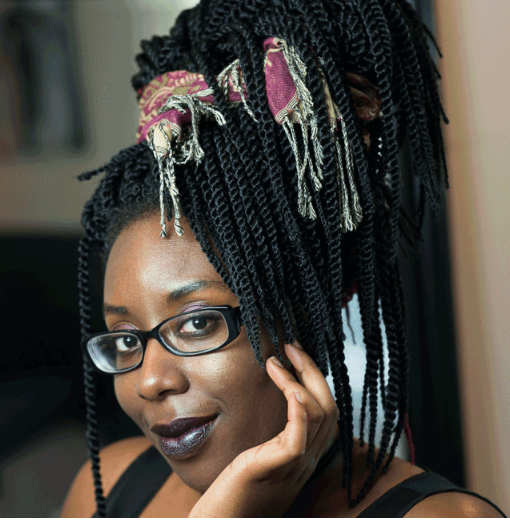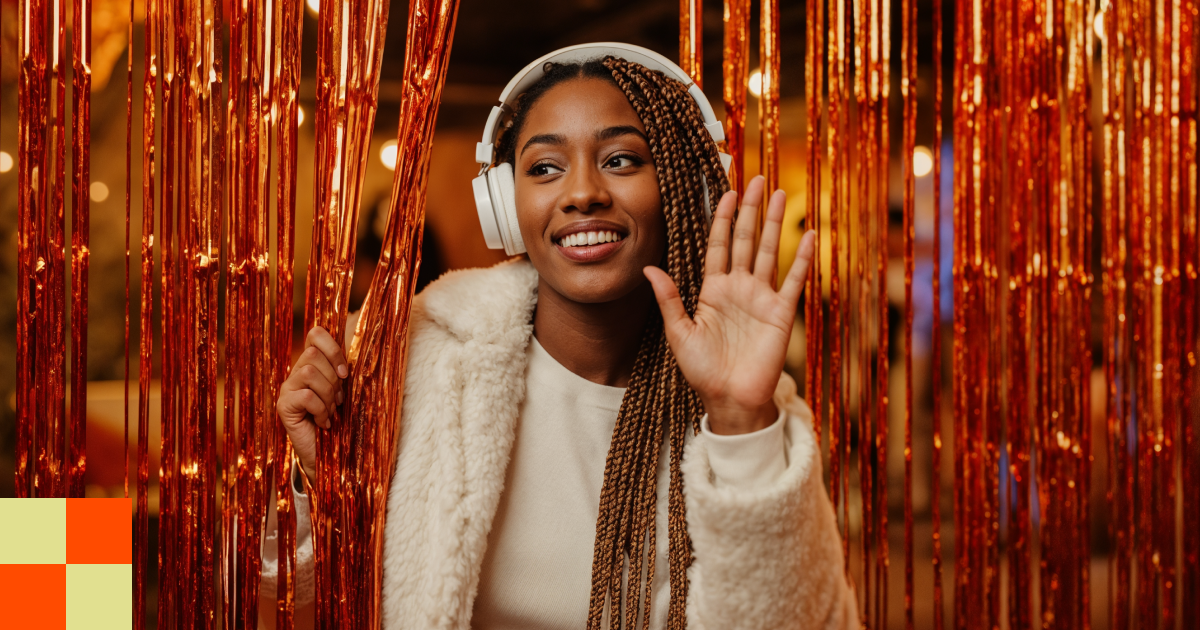When Iggy Pop and David Bowie came together to write Lust for Life, a single on the album of the same name they both performed on, they had a sleeper hit coming their way. Obviously, their uniting as chest-baring, role-smashing rock royalty was an iconic collaboration in and of itself. But despite the literary references, heart-rate raising drums, and just enough lyrical ambiguity that it could be about coming on or getting off, the song only charted nicely in Europe when it debuted in 1977 — mostly due to Iggy Pop’s TV performance.
Stateside, the album and eponymous track stayed buried until 19 years later when it was featured in ‘Trainspotting’ — the much-celebrated film adaptation of Irvine Welsh’s novel about foolhardy Scottish youth and substance abuse.
And then it exploded.
A Case Study in Collaboration
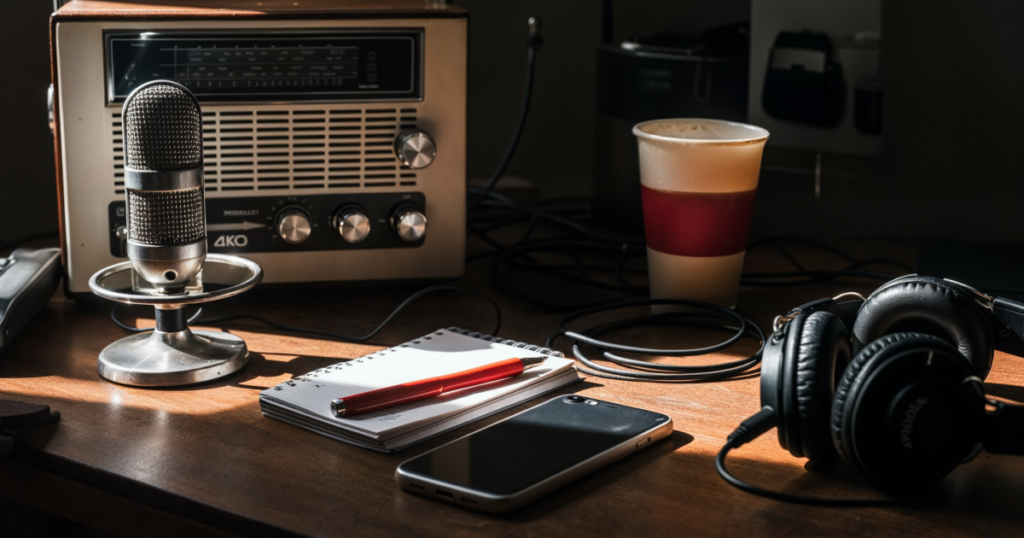
Sure, it didn’t break Top 10 anywhere else, but considering the song was old enough to vote and still charted, that’s saying a lot.
Pop himself had this to say about it to Ambrose Jones, collected in Gimme Danger: The Story of Iggy Pop, and while we’re quoting, let’s throw some bold text on the important parts:
“When I made Lust for Life, I really thought America was gonna rock to this motherfucker. And it took 20 fuckin’ years, which is a really long time to wait. I guess what happened is that there was this system that wasn’t gonna fuckin’ give me a break, and I outlived the system. The movies and advertisers have subverted the stranglehold of radio in America, and there are now other ways for people to hear music.”
Coincidentally, the author of the piece you’re reading first heard the song in a commercial for the least rock n’ roll thing imaginable…a cruise line.
Now, no one’s saying that without the success of Trainspotting Iggy “The Nipmaster” Pop and David “It’s David Bowie” Bowie would have been musical nobodies; we’re not fools here.
But this intro is meant to drive home that non-musical collaborations are an important part of your movement into making your art your job, and you need to be on the lookout for how to make them work for you.
What is Collaboration in a Practical Sense?
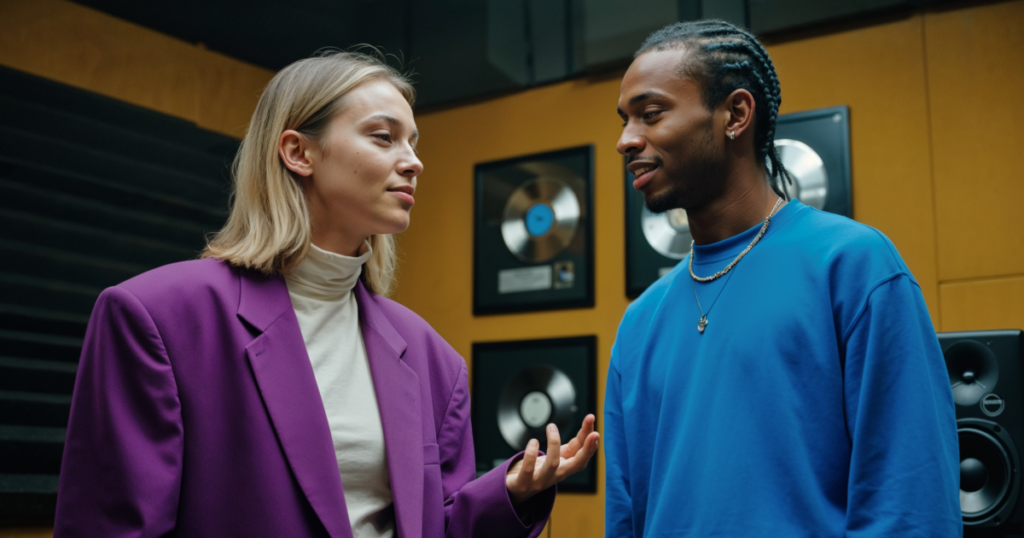
Collaboration is taking your work and another influencer, brand, or piece of media, taking their work, and squishing them together into something mutually beneficial. Each one will be different regarding how much you make, how much editorial decision-making you can do (or conversely will be expected to shoulder), and how impactful the results will be.
None of it’s guaranteed, but if you don’t have double-digit years between you and the last time you got paid in drink tickets, taking an educated chance will still be your best bet for spreading your music and raising your visibility.
Remember, it’s not just your fans that will see the collab; it’s theirs as well. Even if it’s something as old school as doing a jingle for a local business, so long as you’re being tagged, you’re being seen and promoted!
What About Authenticity?
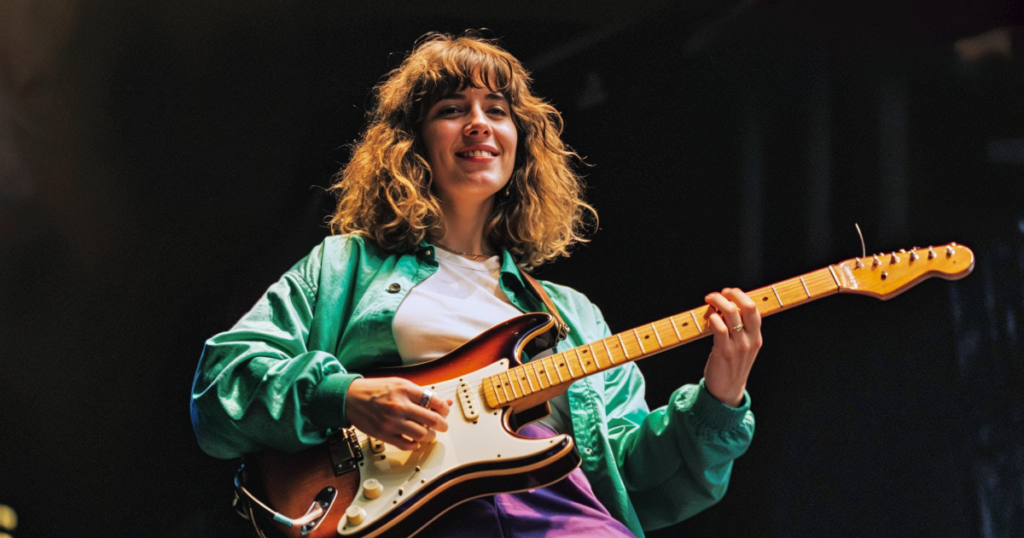
It’s difficult. Staying true to what will separate you from the hobbyists means tracking the bag, chasing that bag, throwing a sharpened spear at the bag, and bringing it to its knees before finishing it off and harvesting its financial innards. Nothing is wrong with being purely about the music and not caring what kind of numbers you do. But no one who has that ethos in mind is reading this.
No one’s saying you have to get into bed with whatever industry, brand, or type of content you hate. If you’re rampantly anti-unicycle, then by all means, feel free to decline “jumping on a call” with the one-wheeled wonders of the world.
But once you find entities that suit your vibe, you can continue your work — and it IS work — without fearing that you’ve sacrificed your artistic integrity. And remember, once a collab offer goes through, your new partners are judging whether you’re a good fit for them as well. Accept that the puzzle pieces fit together and get to it!
How do You Ask for a Collab?
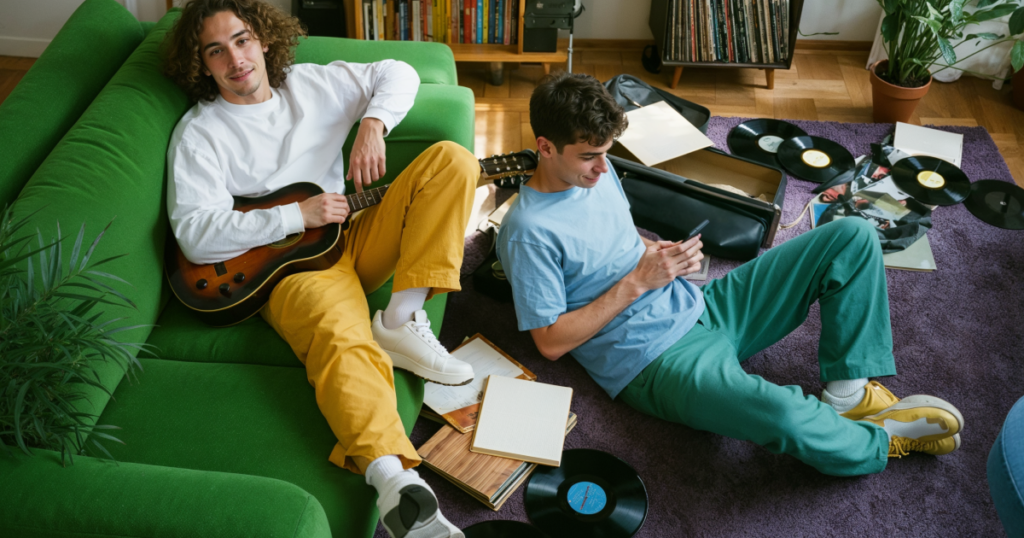
Getting together with another entity could be a quick “Hey, I liked your vibe,” but you want to come correctly and professionally. Put in some legwork and find out where professional inquiries are best directed.
Hint: it probably will not be DMs.
Get a semi-standard message ready with links to your best work, add any viewer metrics you have, make a few short sentences about recent wins and features, and put your best notes forward so whoever you’re interested in knows you’re worth building with. You are. It just needs to be showcased!
What do You Look for When Someone Asks YOU to Collaborate?
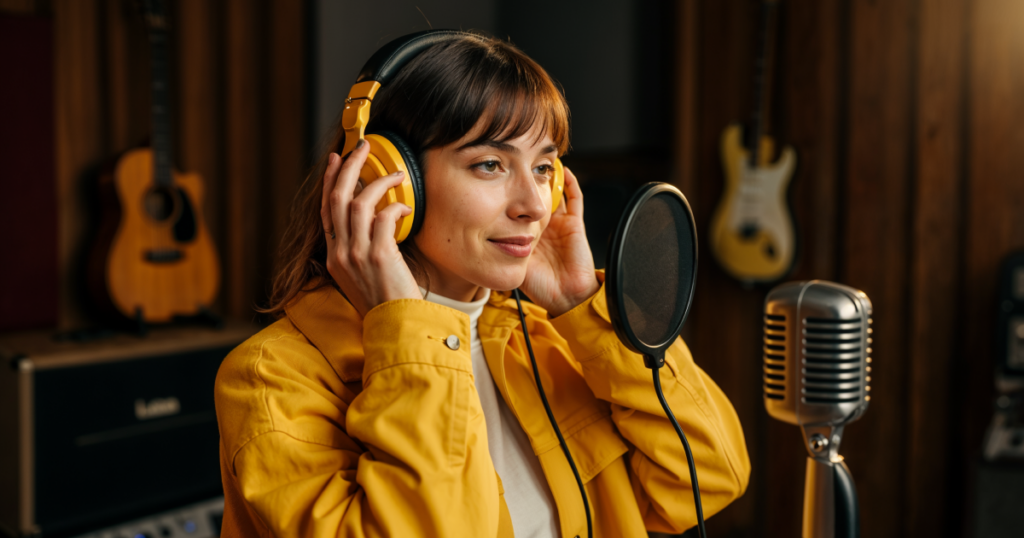
Not all musical collaborations start with you and your band hat in hand. Brands and influencers will approach you as you show the world what you do! Keep the same standards you have for asking for collabs in mind as you get asked — no one who spams your comments or can’t showcase how combining talents will be beneficial is worth the time.
Keep your wits about you, get everything in writing, then go forth and conquer!
How can You Track the Benefits?

Non-musical collabs technically aren’t an innovation. This article opened with a case study older than social media, let alone whatever’s coming after TikTok. But the business of keeping up with your successes, testing what failed, and automating as much of the numbers crunching and routine responses as possible is advancing all the time.
As group projects like music videos, commercial backing, soundtrack presence, and more grow your band’s brand, keeping up will just be a matter of finding the right tools and tracking results properly.
But before you hit the numbers and check your analysis exports for real, you’ll see likes, shares, and comments pouring in as usual. Just remember to let the tools do their jobs so you can keep your less productive screen time to a minimum.
Or at least scroll your feeds for a little R&R instead of constantly refreshing your professional ones. Keep those thumbs in good condition.
You, too, vocalists.







